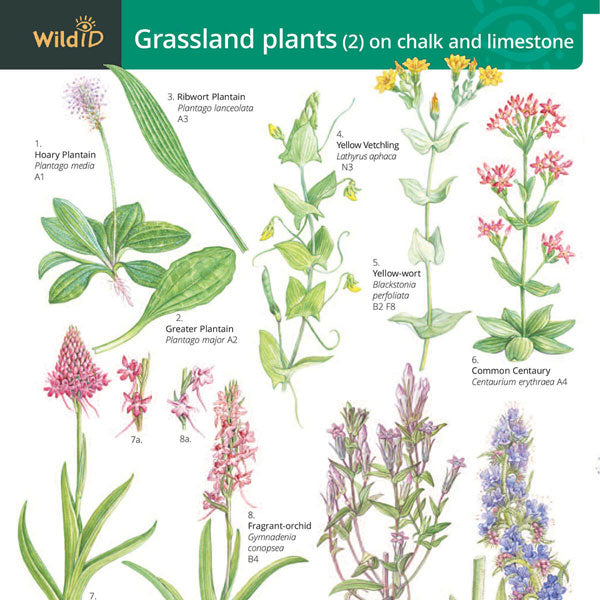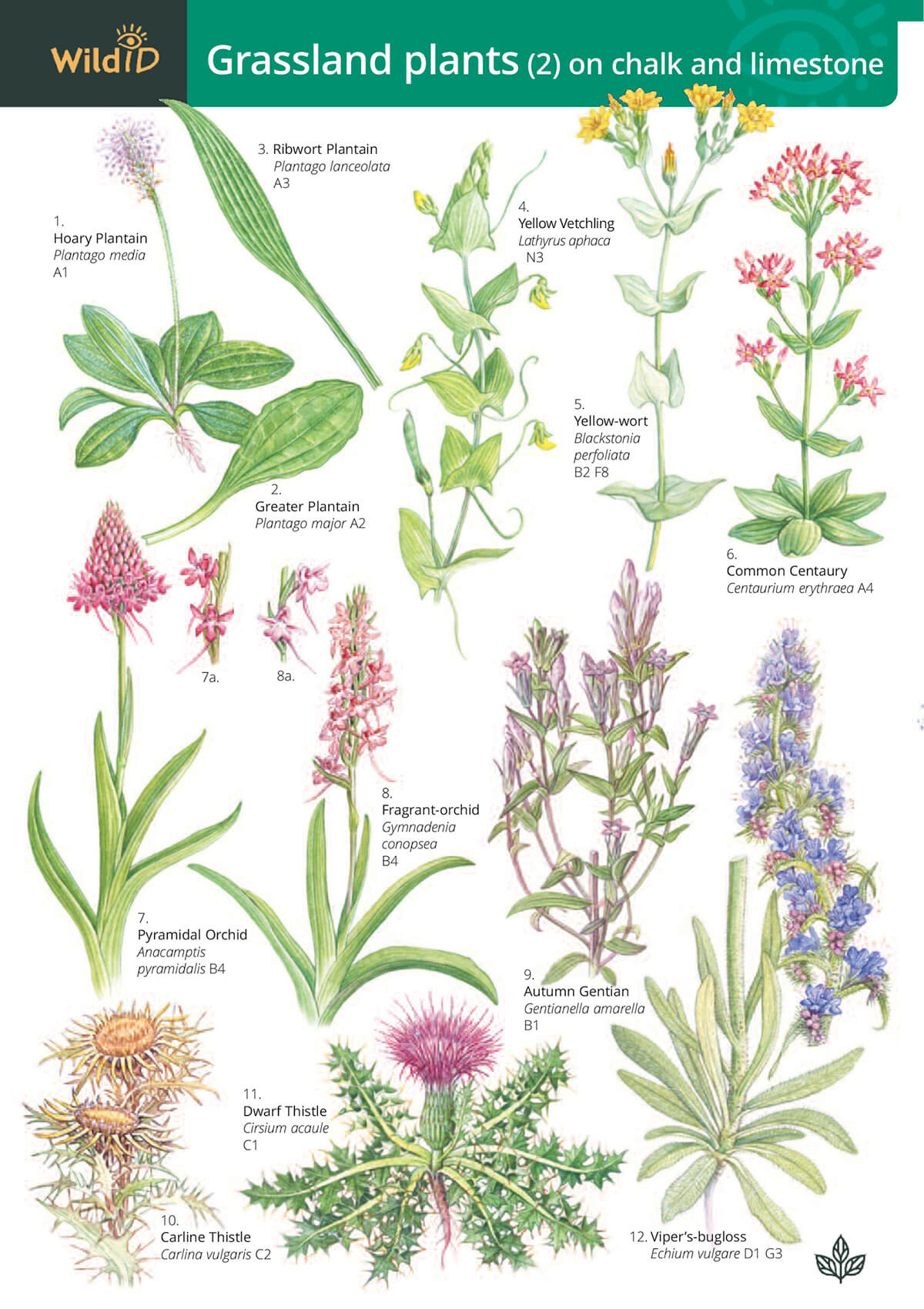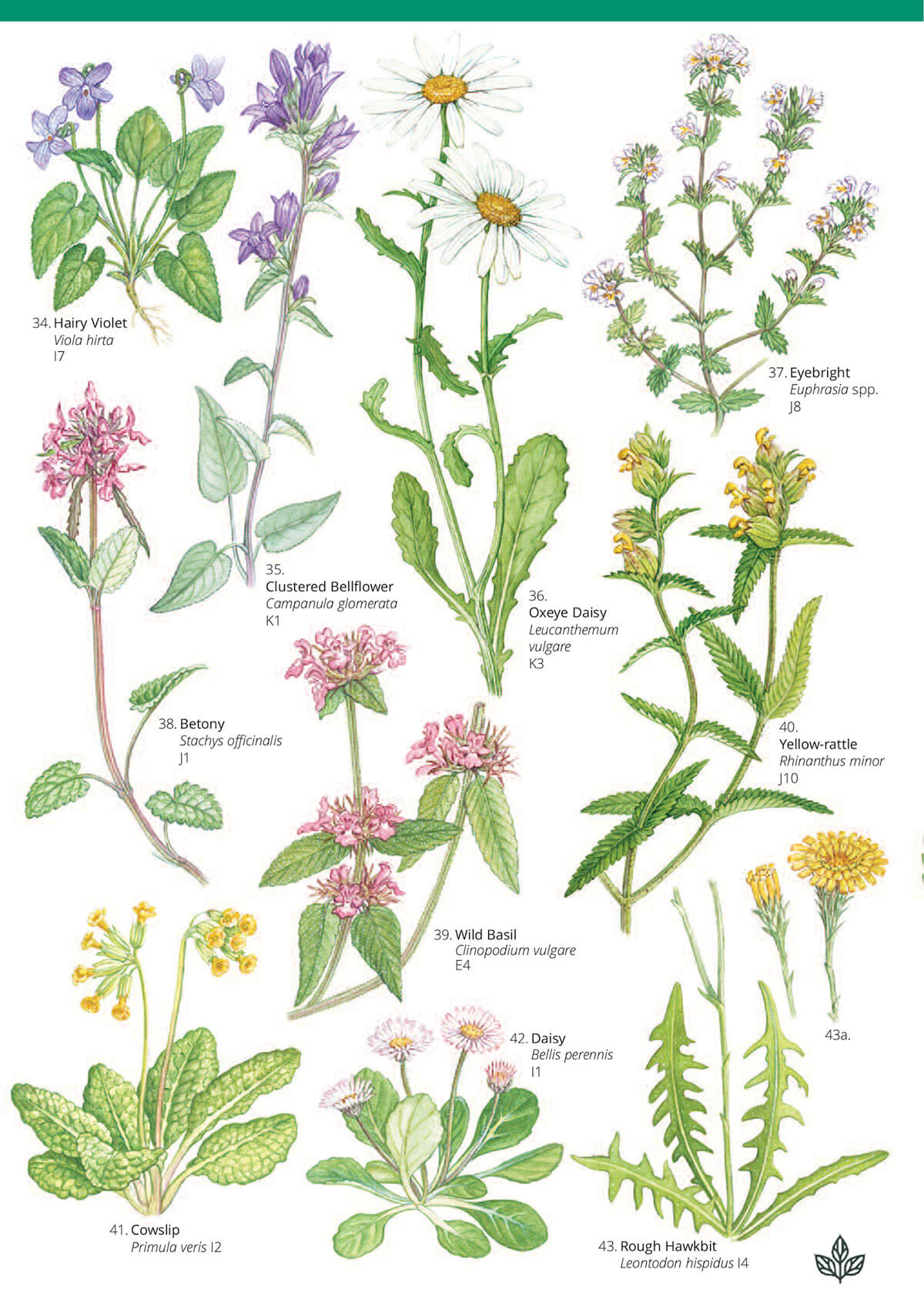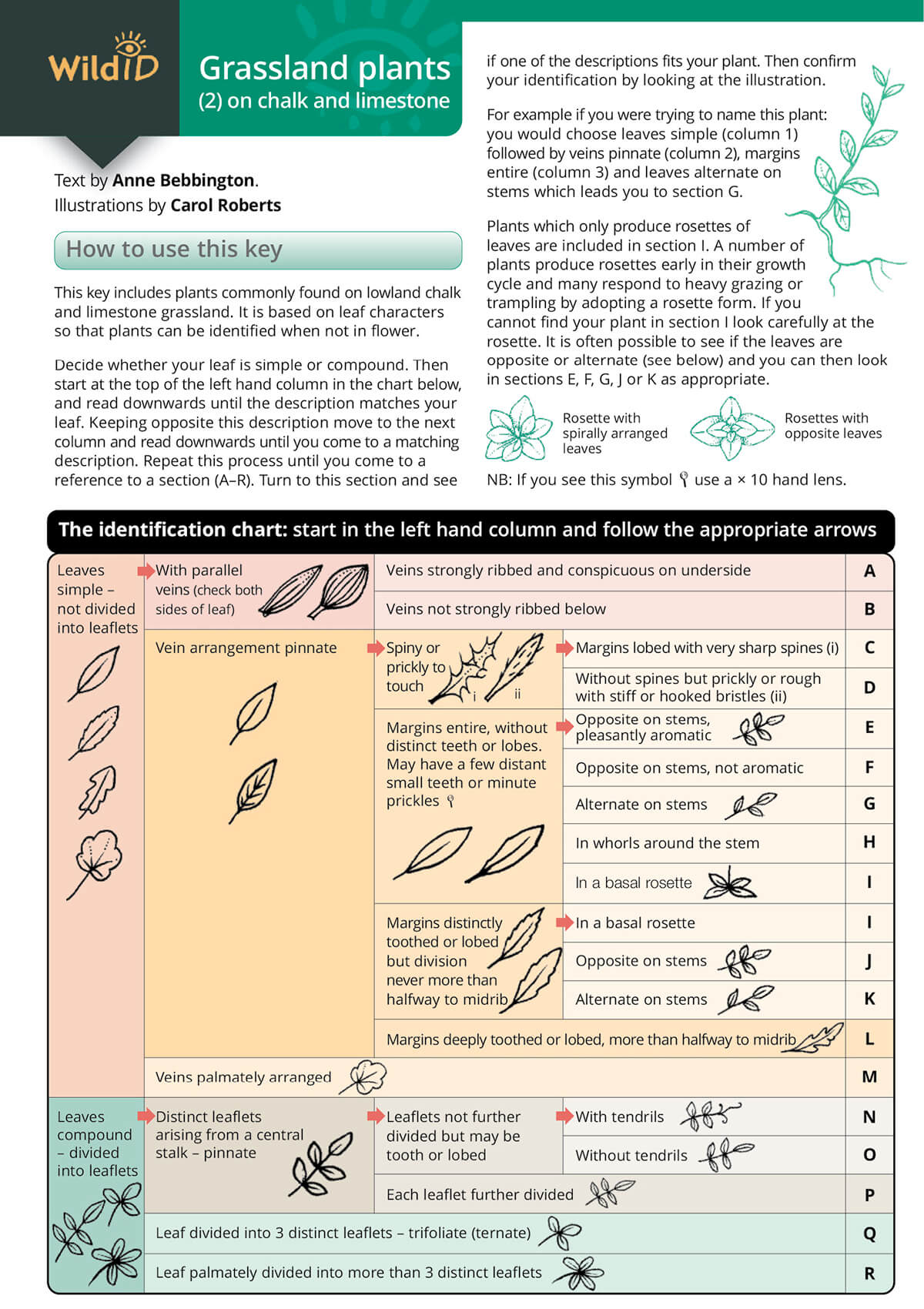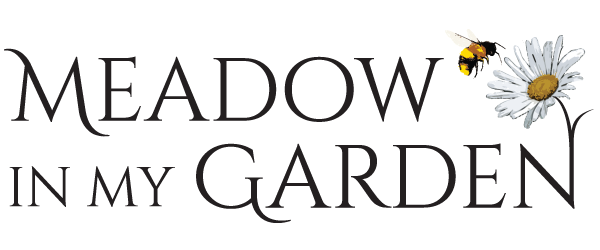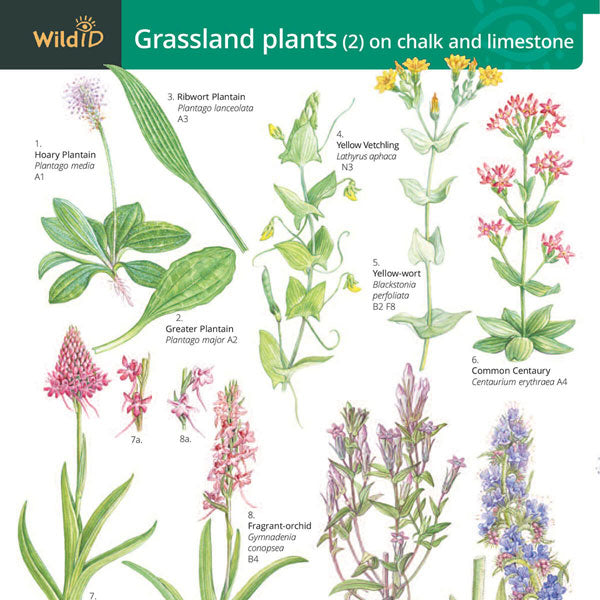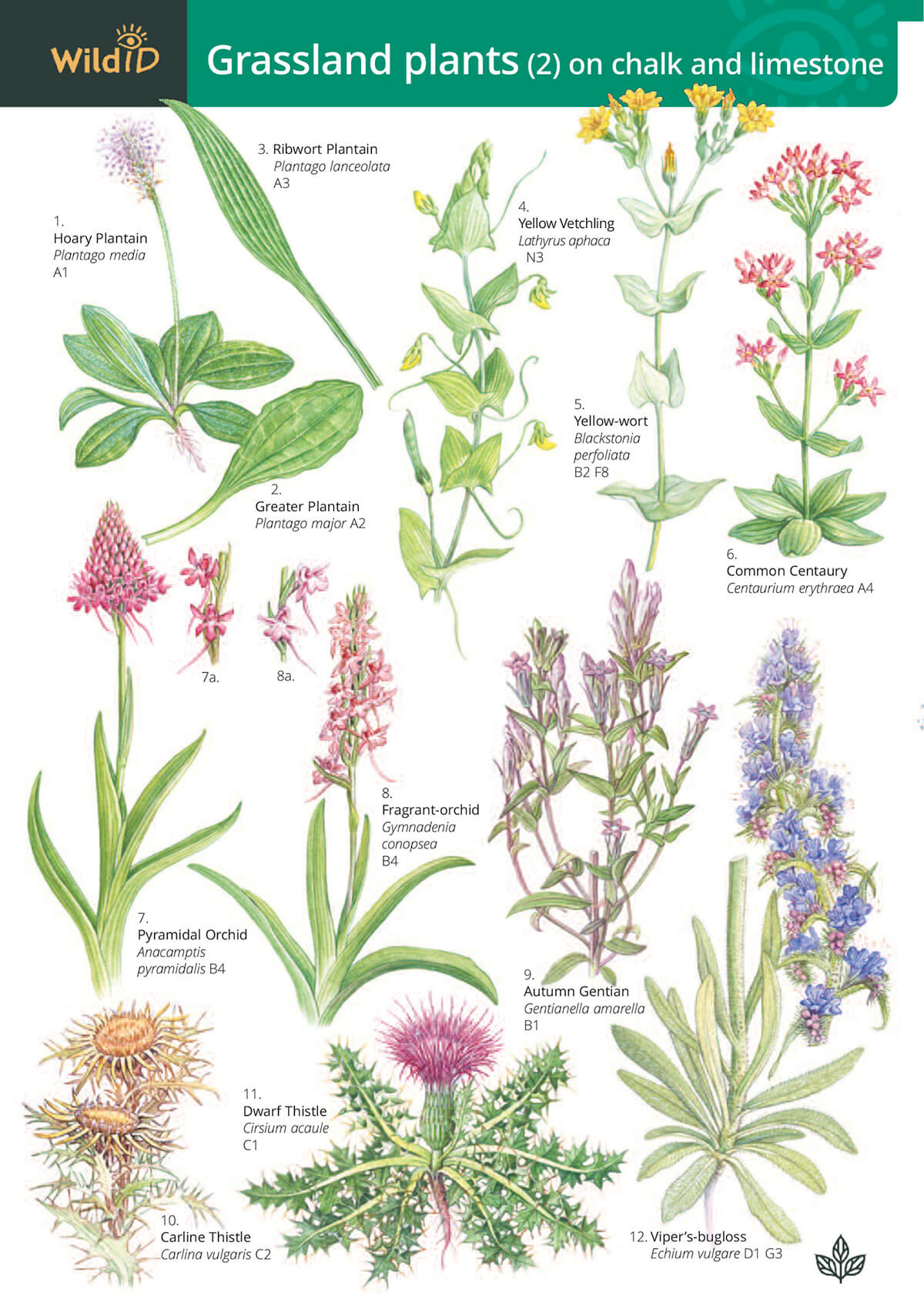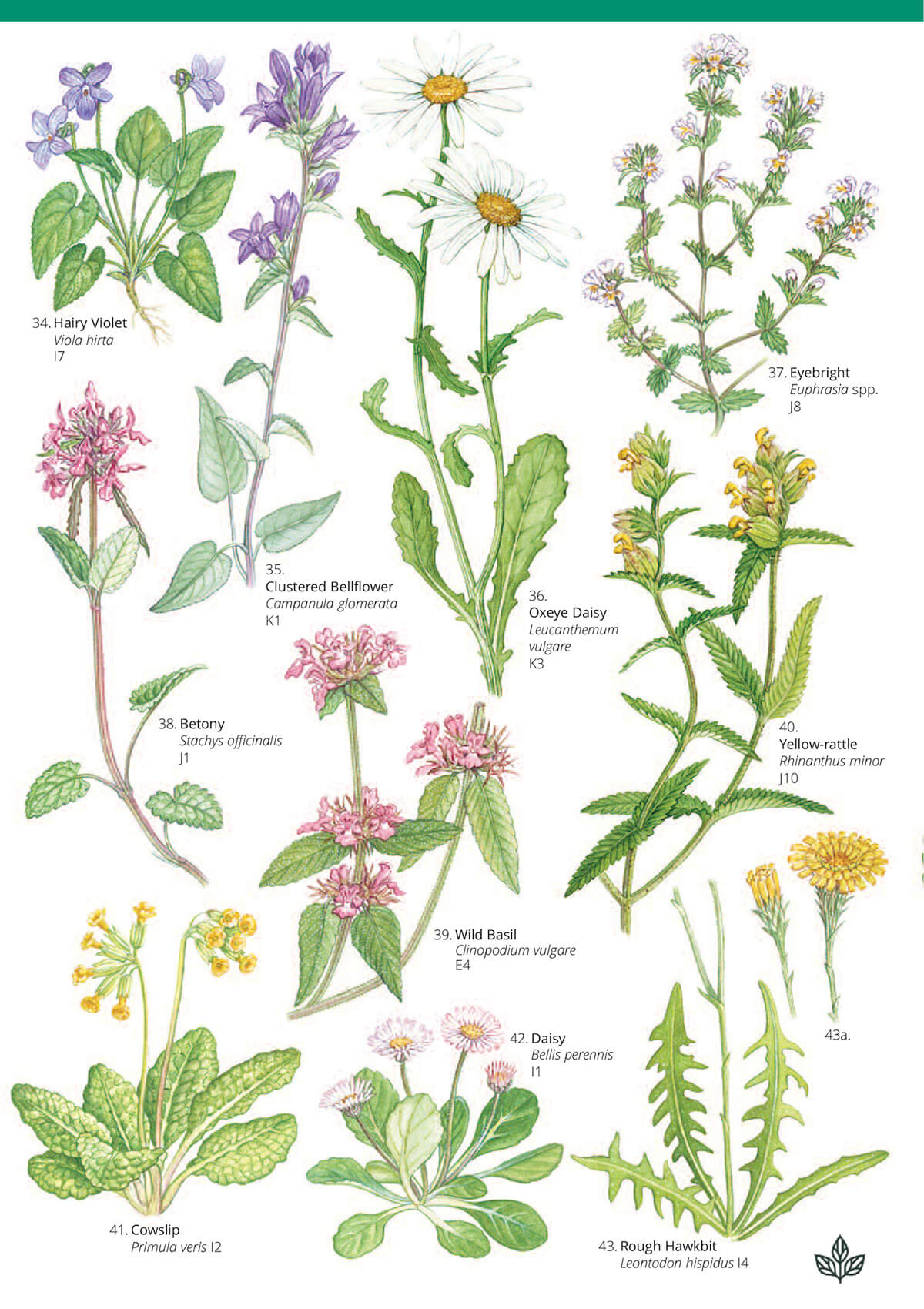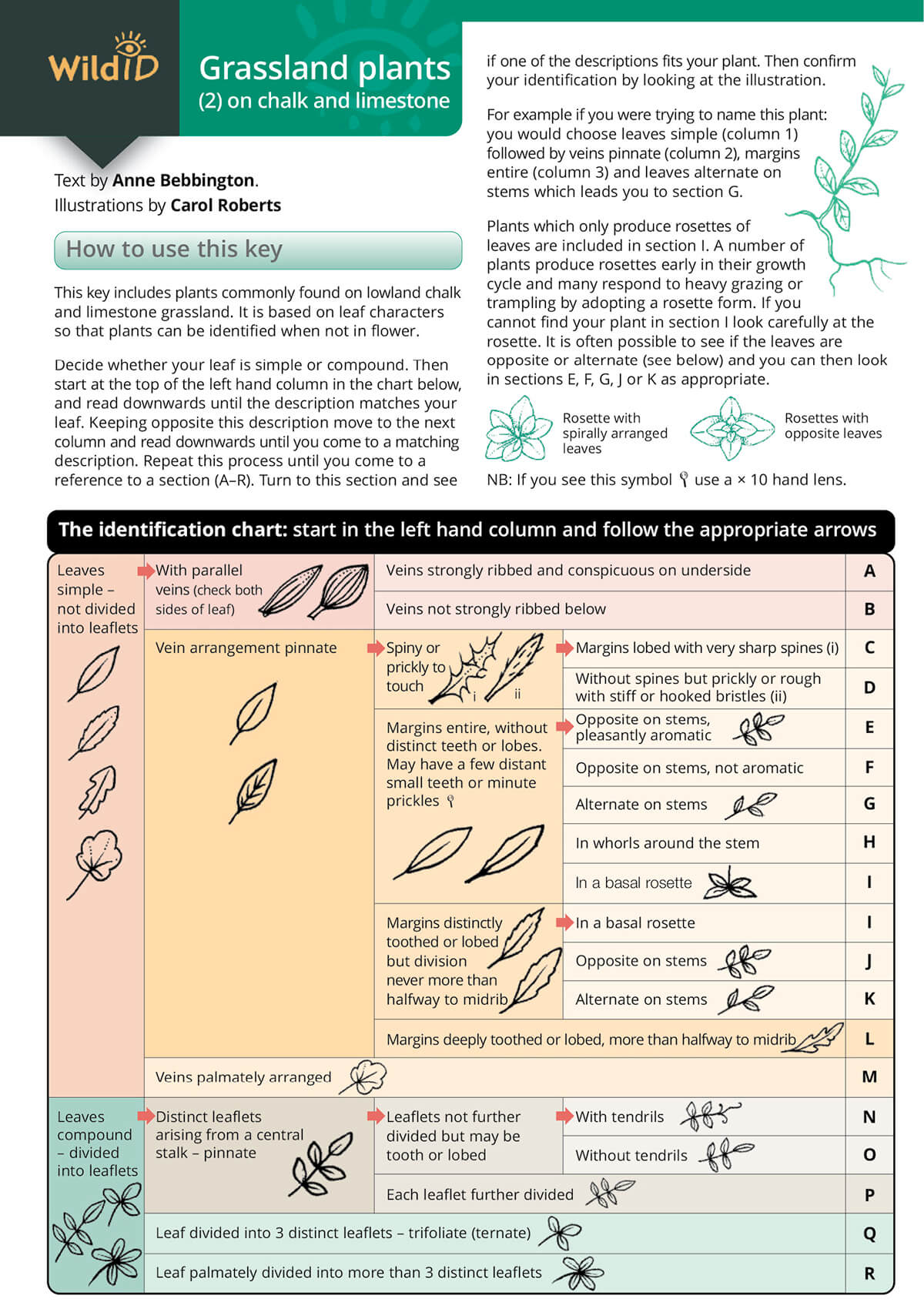Meadow in My Garden
Grassland Plants 2
Grassland Plants 2
Couldn't load pickup availability
Splashproof 12-panel fold-out field guide
Can be wiped clean
Robust when working outdoors
Rucksack sized - 24.5cm x 17.5cm
This 12 page Identification Guide shows the most common plants most commonly found on lowland chalk and limestone grassland - text by Anne Bebbington, and illustrations by Carol Roberts. Each chart is laminated to make it splashproof and robust for use outdoors. Clear colour illustrations and text by experts in the subject make these valuable resources for all age groups.
But what if you find a plant that is not in flower? Based on the authors’ many years of teaching botanical students, traditional wild flower guides are not much help here. So we’ve included a vegetative key to plants of chalk and limestone grassland. This is a full identification key based on leaf characteristics. In particular, there is special guidance on identifying rosettes. A number of plants produce rosettes early in their growth cycle, and many respond to heavy grazing or trampling by adopting a rosette form.
A summertime visit to chalk or limestone grassland is a fantastic botanical experience. Well known for their plant diversity – maybe 40 species in a square metre – these aromatic, flower-rich grasslands are very much worth seeing. Indeed some wild flowers don’t occur anywhere else.
For the British or Irish naturalist, chalk grassland is particularly special. All the chalk grassland in the world is in north-west Europe. A good proportion of this is in the south and east of England, reaching as far north as the Yorkshire Wolds. Limestone grassland is more scattered. Particularly important areas include the Cotswolds, Mendips, Peak District and the Burren in south-west Ireland. There are smaller pockets of limestone in many other counties.
